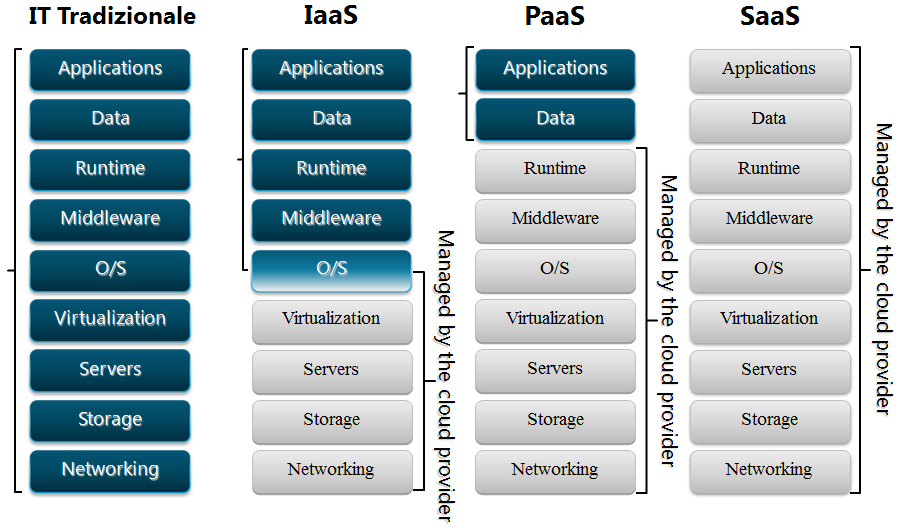
Reading Time: 3 minutesHyper-converged architectures consolidate and manage computing, networking, and storage resources via software so they can run on any vendor’s server hardware. Several years ago they where (apparently) strange approach to storage implementation used mainly for cheap solution (using VSA, that lacks, in much cases, of right scalability), or for special user cases like ROBO or VDI (with solution like NexentaVSA for View). But starting with Nutanix (probably the first real player in those kind of solution) the idea of simple VSA (Virtual Storage Appliance) has dramatically changed by introducing a large scalability with new scale-out (or web-scale, […]












